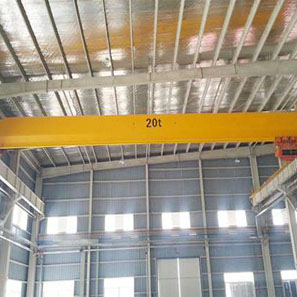Detailed explanation of tinplate production process
Detailed explanation of tinplate production process
1. Basic concepts and uses of tinplate
Tinplate, also known as white iron, is a ferritic stainless steel, mainly composed of elements such as iron, nickel, chromium, manganese and molybdenum. It not only has the corrosion resistance and strength of ferritic stainless steel, but also has magnetism and good machinability. It is widely used in electronics, machinery, petroleum and other fields.
Tinplate production process
1. Raw material selection
The raw materials of tinplate are mainly iron, nickel, chromium, manganese and molybdenum. The purity and quality of these elements have a great influence on the quality of tinplate production, so the selection of raw materials is very critical. At the same time, these raw materials must be mixed accurately in proportion to ensure that the tinplate alloy produced meets the requirements.
2. Processing process
The production process of tinplate is divided into smelting, casting, hot rolling and cold rolling. Smelting is the first step in tinplate production. Its purpose is to fuse elements such as iron, nickel, chromium, manganese and molybdenum together to form a uniform alloy liquid. Casting is to pour the molten tinplate into a mold to make a preliminary shape. Hot rolling is to heat the cast billet and then continuously roll it through the rolling mill to form a thinner thickness. Cold rolling is to cool the hot-rolled tinplate to harden and shape it.
3. Quality control
Quality control of tinplate is a very important part of the production process. During the production process, the melting temperature, time and other conditions need to be strictly controlled to ensure that the composition and performance of the final product meet the requirements. During the production process, it is also necessary to control the quality of each step of processing to ensure that the final tinplate products meet the relevant standards.
3. Optimization and development of production processes
With the development of modern industry, people’s demand for tinplate materials is also changing. In order to meet market demand, process technology and production processes are also being optimized and upgraded. At present, some high-end customers have very high requirements for the quality and performance of tinplate materials. Manufacturers need to strictly control the production process to ensure that the tinplate produced meets customer requirements.
[End]
The above is a detailed introduction to the tinplate production process. As an important alloy material, tinplate is widely used in many fields. Its excellent performance and quality are inseparable from the manufacturer’s strict production process and quality control. I hope that through the introduction of this article, readers will be able to have a deeper understanding of the production process and production flow of tinplate.
Related Products
Contact us
If possible, kindly suggest please your working industry/process, working pressure, working medium, etc. Given detailed request helps to gain better-matched customized solution. Thanks for your patience.
your request will be responsed within 3 hours, kindly pay attention to your email please.










